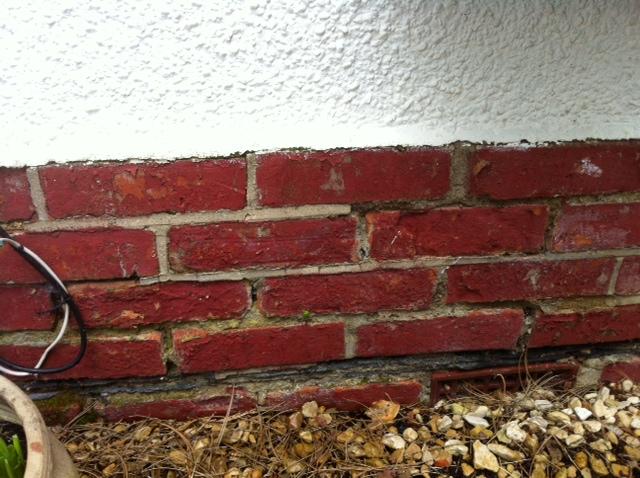Hi there, we need to repoint our exterior brick walls of the house (just half a dozen rows at the bottom), where the mortar has become loose and fallen out in places. Mostly this is around the damp proof membrane. I have never used cement in my life but am wondering from reading up on the subject, whether I can give this a go myself. I understand the basics to be -
1) Clear out loose mortar
2) Wet the area
3) Fill with new mortar
it would appear to be easier to use a hawk and tuckpointing trowel to fill the mortar. What I am unsure of though is what to use as the mix - I've no idea if this is limestone - can I just use something like "Cementone General Purpose Mortar" from Homebase - http://www.homebase.co.uk/webapp/wc...ay?langId=110&storeId=10151&partNumber=266258
we live in a 1920's bungalow but the areas concerned look fairly new-ish, the lower half of the bungalow is pebbledash painted apart from these half a dozen rows of bricks at the bottom. I can post a pic later if it helps.
Thanks in advance for any advice on the matter.
1) Clear out loose mortar
2) Wet the area
3) Fill with new mortar
it would appear to be easier to use a hawk and tuckpointing trowel to fill the mortar. What I am unsure of though is what to use as the mix - I've no idea if this is limestone - can I just use something like "Cementone General Purpose Mortar" from Homebase - http://www.homebase.co.uk/webapp/wc...ay?langId=110&storeId=10151&partNumber=266258
we live in a 1920's bungalow but the areas concerned look fairly new-ish, the lower half of the bungalow is pebbledash painted apart from these half a dozen rows of bricks at the bottom. I can post a pic later if it helps.
Thanks in advance for any advice on the matter.


